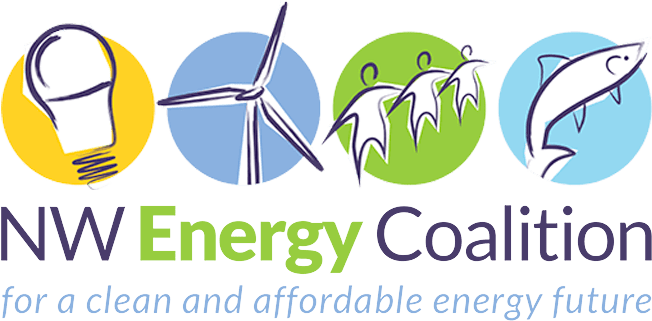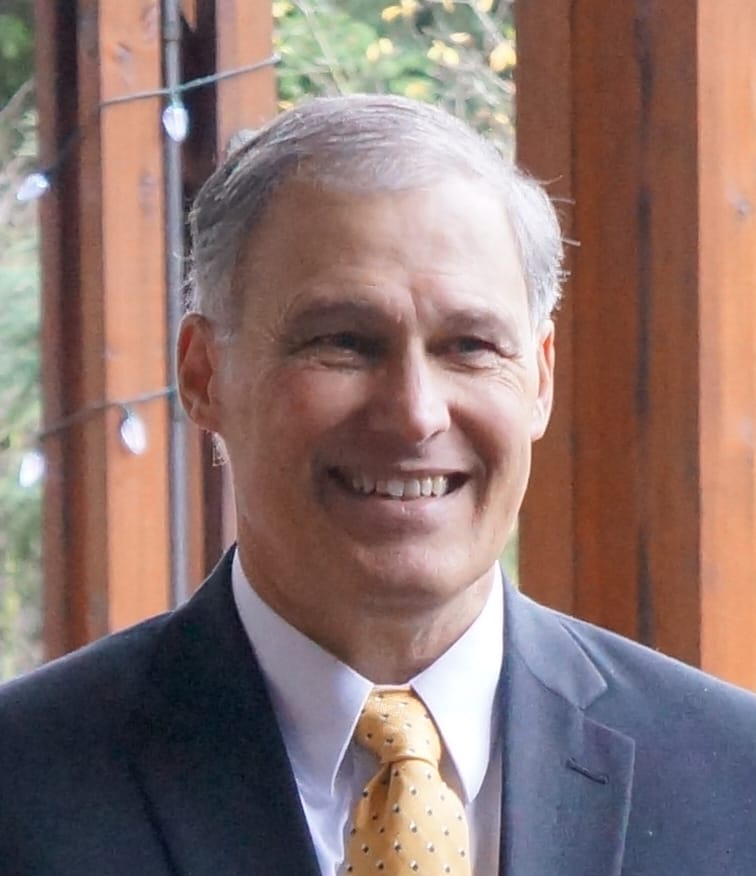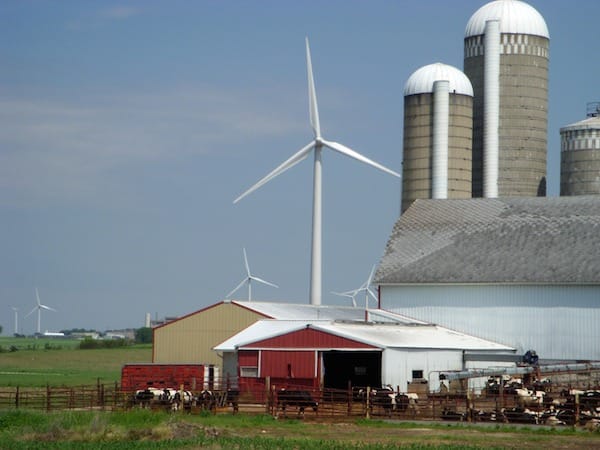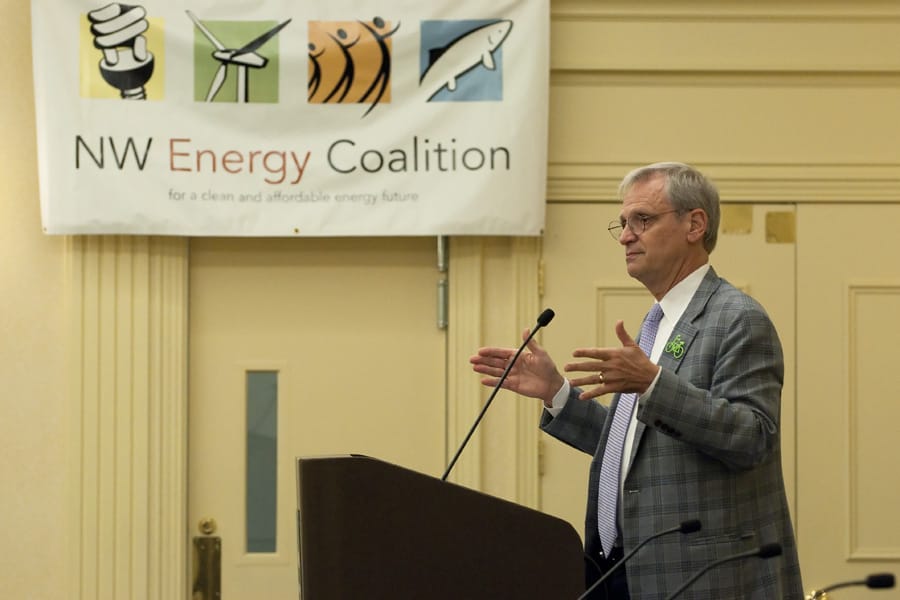By Region
Clean energy advocates should rally behind governor's bold climate plan
On Wednesday, Washington Gov. Jay Inslee unveiled a suite of proposals that would increasingly limit carbon pollution in the state and make major polluters pay for the carbon they do emit via a market-based allocation system. Revenues from the pollution permits – estimated at $1 billion in the first year – would go to transportation, particularly transit and electric vehicle incentives and infrastructure; relief for low-income communities; and education, to help meet court funding mandates.
The Columbian article: All-renewable energy eyed for Boeing plant
Boeing has announced it will assemble its 737 airplanes with renewable energy. The company will buy renewable energy credits from Puget Sound Energy for wind power produced at the Wild Horse Wind and Solar facility. NWEC communications director Marc Krasnowsky says, “They’re basically turning their fossil power green, and that’s laudable.”
Appliance Standards Awarness Project blog post: New standards to improve efficiency of clothes washers in laundromats and apartments
The U.S. Department of Energy (DOE) issued new efficiency standards today that will reduce the energy and water use of commercial clothes washers, which are used in laundromats and multi-family buildings. On a national level, the new standards will save 70 trillion Btus of energy over 30 years of sales, an amount equivalent to the annual energy use of 390,000 U.S. households, and yield net present value savings for customers of $240 to $530 million.
Oregonian guest opinion: How wind power helps rural Oregon
Erin Hansell-Heideman of Ione, Oregon explains how renewable energy development is an economic boon for rural communities. Wind farms generate clean electricity, create thousands of rural jobs and accrue millions of dollars in revenue for schools. Hansel-Heidman says, “By harvesting Oregon’s abundant wind resources we are opening up opportunities for rural communities and other family farms throughout the state.”
NWEC comments on EPA Clean Power Rule
Click here to view the NW Energy Coalition’s comments on the EPA’s Clean Power Rule.
Idaho Statesman article: PUC approves two projects on Idaho Power grid
Solar power is a real deal right now and Idaho Power got state approval for two sales contracts with developers. The Idaho Public Utilities Commission approved the two contracts Friday for the two projects – one in Kuna and a second in Grand View – that would produce 120 megawatts, enough power to serve 83,000 average-sized homes. The projects are scheduled to be completed in 2016.
NW Clean & Affordable Energy Conference draws largest-ever crowd; Coalition adds four new members
Attendees learned about influencing behavior to fulfill energy efficiency potential; discussed opportunities and challenges to cleanly replacing aging, dirty power sources, considered consumer protection and utility revenue concerns surrounding expanded solar and other distributed generation; and got up to speed on how changing the Columbia River Treaty could affect power generation and other river uses in the basin.
Crosscut artice: Washington businesses unite on climate action
More than 100 businesses – from REI and Virginia Mason to Taylor Shellfish and Microsoft – launched a declaration calling for “climate action.” The businesses recently endorsed the Washington Business Climate Declaration, a statement by businesses and individuals on the need for action against global warming, saying, that the Northwest firms “support using energy efficiently, investing in cleaner fuels, advancing renewable energy, and reducing greenhouse gas emissions.”









![Examining the glass Image of a worker looking at the glass of a solar panel. In the background you can see Wind Turbines. Two different technologies to produce energy in a responsible and sustainable way (ISO 100) . All my images have been processed in 16 Bits and transfer down to 8 before uploading. [url=http://www.istockphoto.com/file_search.php?action=file&lightboxID=7053550] [img]http://www.ll28.com/istock/solarpanel.jpg [/img][/url]](https://nwenergy.org/wp-content/uploads/2010/12/iStock_000014461752sml.jpg)

